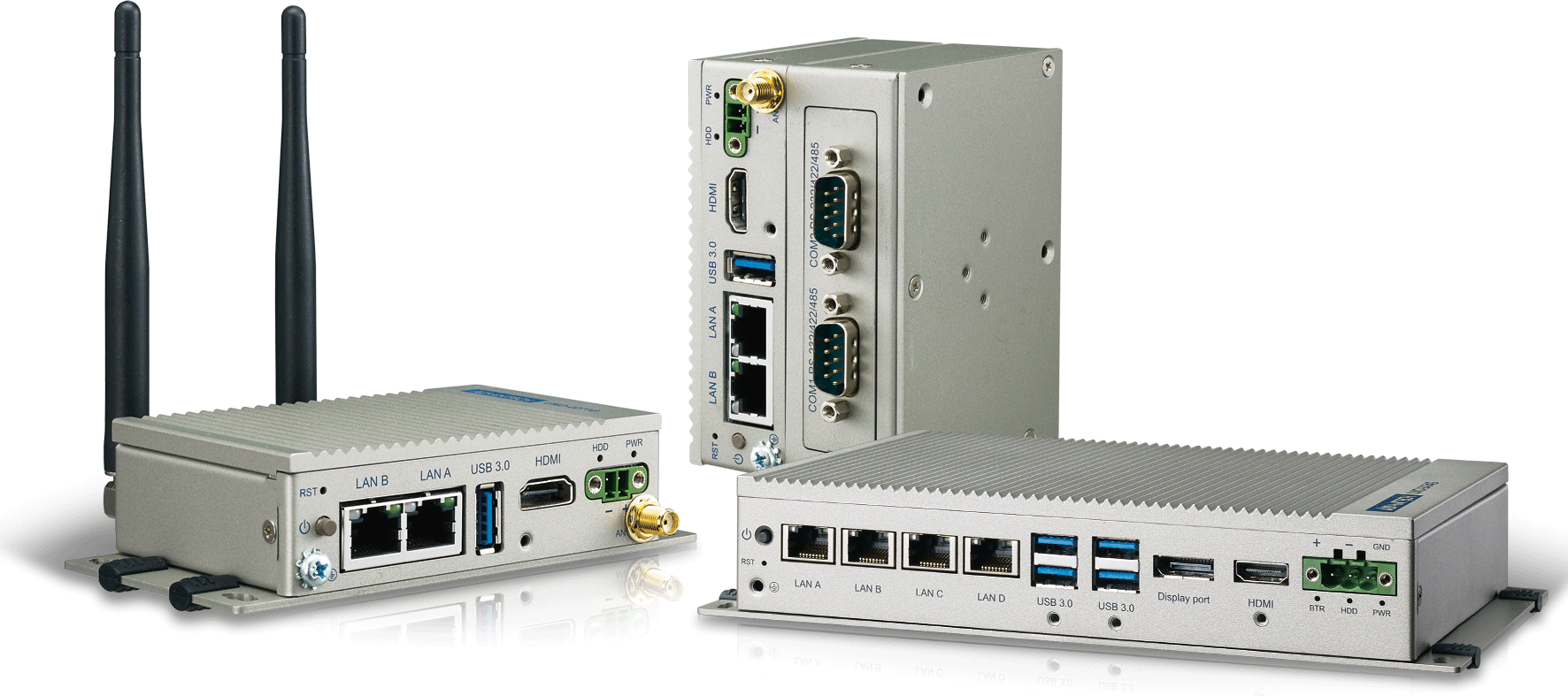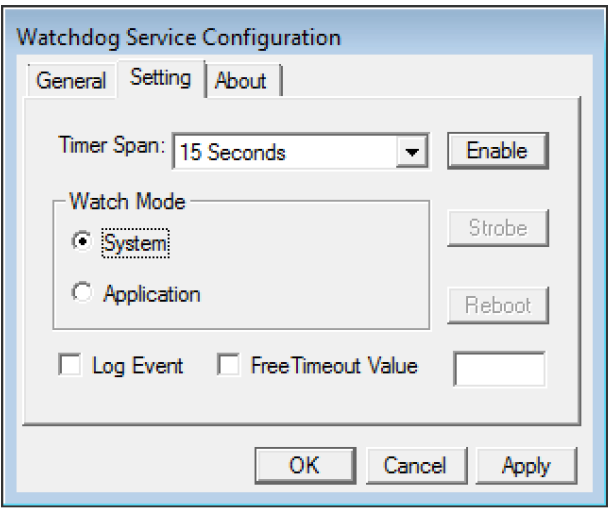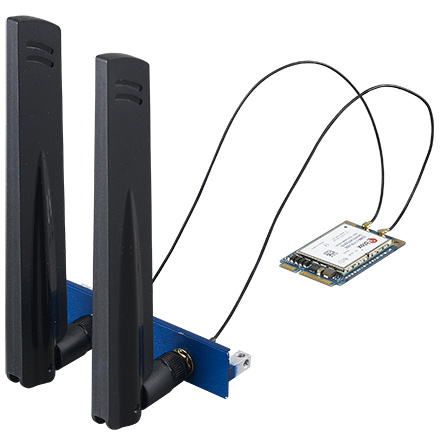Modular Embedded Computers UNO-1000/2000 Series

UNO 1000/2000 are full-featured X86-computers for embedded systems, in the form factor of ready-made modules, with the possibility of installation on a table, wall, DIN-rail, or VESA. The platform is easy to use for any specific tasks, thanks to a wide selection of branded iDoor expansion modules that allow you to add the necessary interfaces to the device.
The main features of the line:
')
- Fully passive cooling - no moving parts, fans and radiator vents. Dust does not accumulate inside the devices, they require less maintenance.
- Full-featured X86 architecture - no need to port old programs, as is the case with MIPS or ARM architectures. You can install desktop versions of Windows.
- Embedded I / O Ports - Integrated Digital I / O Ports for Connecting Peripherals
- Integrated RS-232/485/422 interfaces - no need to connect external serial interface adapters
- IDoor expansion modules - over 30 types of branded expansion cards allow you to assemble the appropriate configuration
- Power supply from 9V to 36V DC - a wide operating voltage range allows you to install the device in existing systems, without converters.
UNO-1000 Series

The UNO-1000 series is designed for mounting on a DIN rail. In the line there are two models with processors Cortex A8, on the architecture of ARM. The main purpose of this series is to install as compact servers in switch cabinets, for local data processing or automation.
UNO-1251G

The most compact device in the lineup based on ARM-architecture. It has a programmable OLED screen for outputting arbitrary status messages, a CAN bus for connecting to automotive equipment, as well as 2 LAN ports and 3 serial ports.
The UNO- 1251G / 1252G can be equipped with Wi-Fi / 3G / 4G wireless iDoor modules and have an outside available port for a SIM card.
UNO-1372G

The appearance of the computer UNO-1372G
The computer has two power inputs for the main and backup connections. In the event of a power failure, the transition to the backup takes place instantly, without rebooting. The combination of several LAN ports into one software interface (teaming) is supported for increased fault tolerance. In the event of failure of one of the interfaces, the network will continue to operate normally.
I / O ports

Ports of digital inputs and outputs for connecting relays, sensors and other external peripherals.
The UNO-1372G has 4 digital inputs and outputs for controlling external peripherals, such as sensors, relays, and reed switches. You can work with I / O ports from the operating system, at the level of user programs.
UNO-2000 series

The UNO-2000 series is designed for installation in embedded systems, mobile objects, cars, trains. The housing is designed to be installed on a flat surface with mounting screws. Computers have more powerful processors than in the UNO-1000 line . Some models have built-in hardware encryption and key storage modules TPM, to protect critical applications.
FRAM backup memory
FRAM backup memory allows you to store critical data to protect against loss in case of crashes or freezes. Working with memory is the same as with RAM, but its values are not lost in case of power failure or other failures. FRAM can store the values of important counters. After the restoration of the system, the program will continue to work with the data that was before the failure.
Trusted Platform Module (TPM) 2.0
Computers of the UNO-2000 series, for example the UNO-2484G model , have an integrated TPM 2.0 module for hardware protection of critical data. The TPM module can be used to perform a trusted boot of the OS (Trusted Boot), to store the encryption keys, and also as a random number generator.
Watchdog to protect against freezes
To protect against freezing of programs and the operating system, a hardware programmable timer (watchdog) is installed in UNO computers. The timer constantly expects the system to report that it is operating normally. Each new message resets the timer. If the timer has not received a message within a certain time, the system is considered to be hung, and can be automatically restarted.
How to work with watchdog
To work with the timer in Windows, a kernel level driver (KMDF) and a library are used to use the API from user space. Also, the timer can work as a system service to monitor the operating system.

Watchdog driver devices in the Windows operating system
When using watchdog as a system service, its configuration is available in the control panel. You can set the polling interval and mode of operation.

The watchdog service is available in the control panel.

Setting the Watchdog Timer Mode and Polling Interval
The manufacturer provides a library for the C ++ language, which allows you to embed watchdog support in the program to track crashes inside the software that are not visible to the operating system. For example, watchdog will help to track when the process is frozen, but it has not completed.
IDoor expansion modules

UNO-1251G with installed COM port extension module
The functionality of UNO computers can be extended with proprietary iDoor expansion modules. These modules are an mPCIe board, with a loop for output of interfaces to the front panel. Unlike conventional PCIe cards for ATX-compatible chassis, iDoor modules are rigidly fixed in the chassis and withstand considerable mechanical stress on the interface ports, as they are attached at several points.
3G / 4G / GPS communication module

The PCM-24S34G module is a 2G / 3G / 4G in the format of an iDoor module, with a remote antenna unit. It supports LTE B1, B2, B3, B4, B5, B7, B8, B17, B20, and is backward compatible with 2G networks (GPRS / EDGE). Optionally supports GPS system. -------------------------------------------------- -------------------------------------------------- -------------------------------------------------- -------------------------------------------------- -------------------------------------------------- -----------
Bluetooth and Wi-Fi module

PCM-24S2WF-BE adds support for modern Bluetooth 4.1 wireless protocols and Wi-Fi a / b / g / n / ac, with support for the 5 GHz band.
Industrial Interfaces

In the form of iDoor-modules presented many options for proprietary industrial interfaces, such as PROFIBUS, EtherCAT, PROFINET and others.
Conclusion
The modular UNO-1000/2000 computers allow you to independently configure a set of options, depending on the needs of the customer, with a complete and compact device. The full-fledged X86 architecture allows you to run existing software in compact embedded systems. The lack of active cooling and ventilation grilles increases the service life of devices and does not require frequent maintenance.
Source: https://habr.com/ru/post/459120/
All Articles